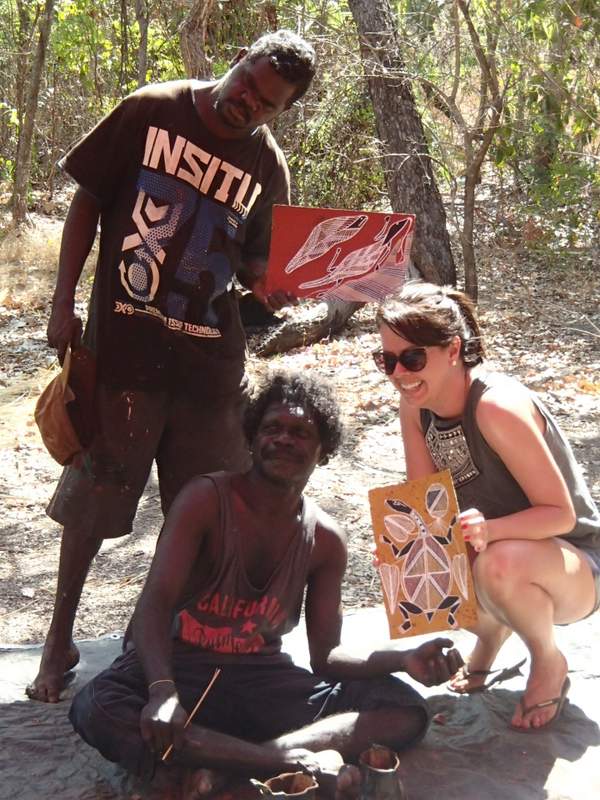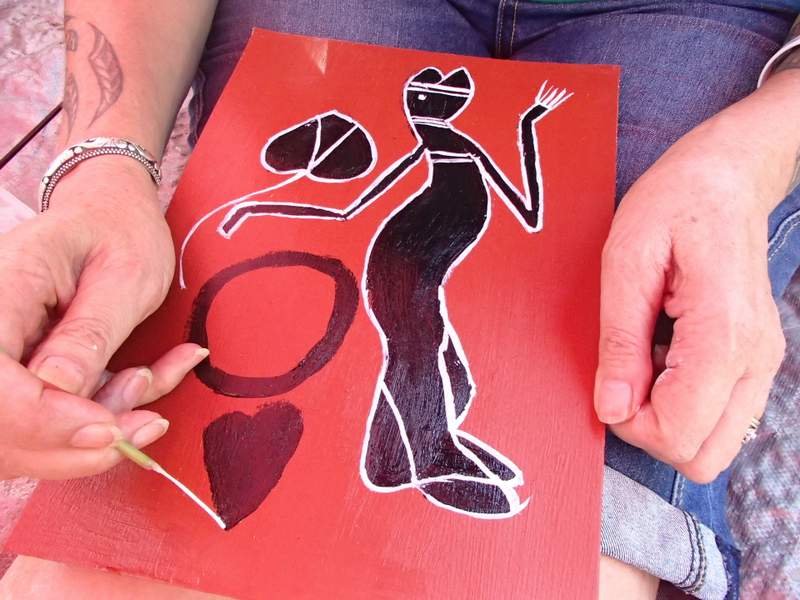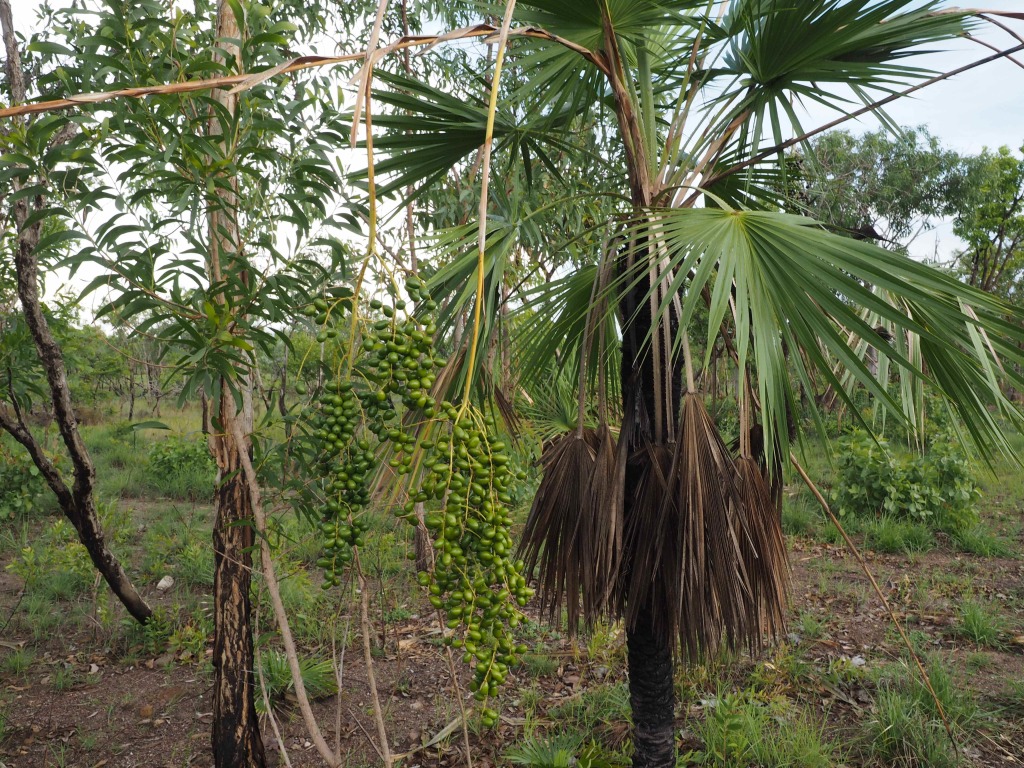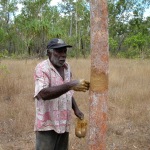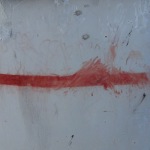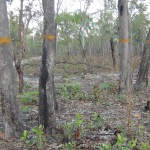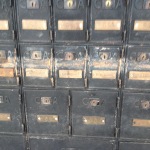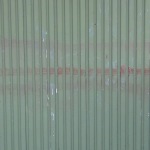Bininj Manbolh movie from 2006
In 2006 80 Bininj Warddeken 'people from the rock country' walked from Kamarrkawarn to Kabulwarnamyo via Djorlok on the Mann River over 8 days. The old people or dabborrabbolk were flown in by helicopter each evening to teach the younger walkers about the walking route, the plants and animals, place names, songs and resources of this part of the Arnhem Land Plateau. Produced by Warddeken Land Management Ltd and Murray Garde. WARNING: Bininj viewers should be aware that the film now contains images of three deceased elders, Wamud Namok, Nawakadj Nadjordi and Kodjok Nawurrbbarn.

